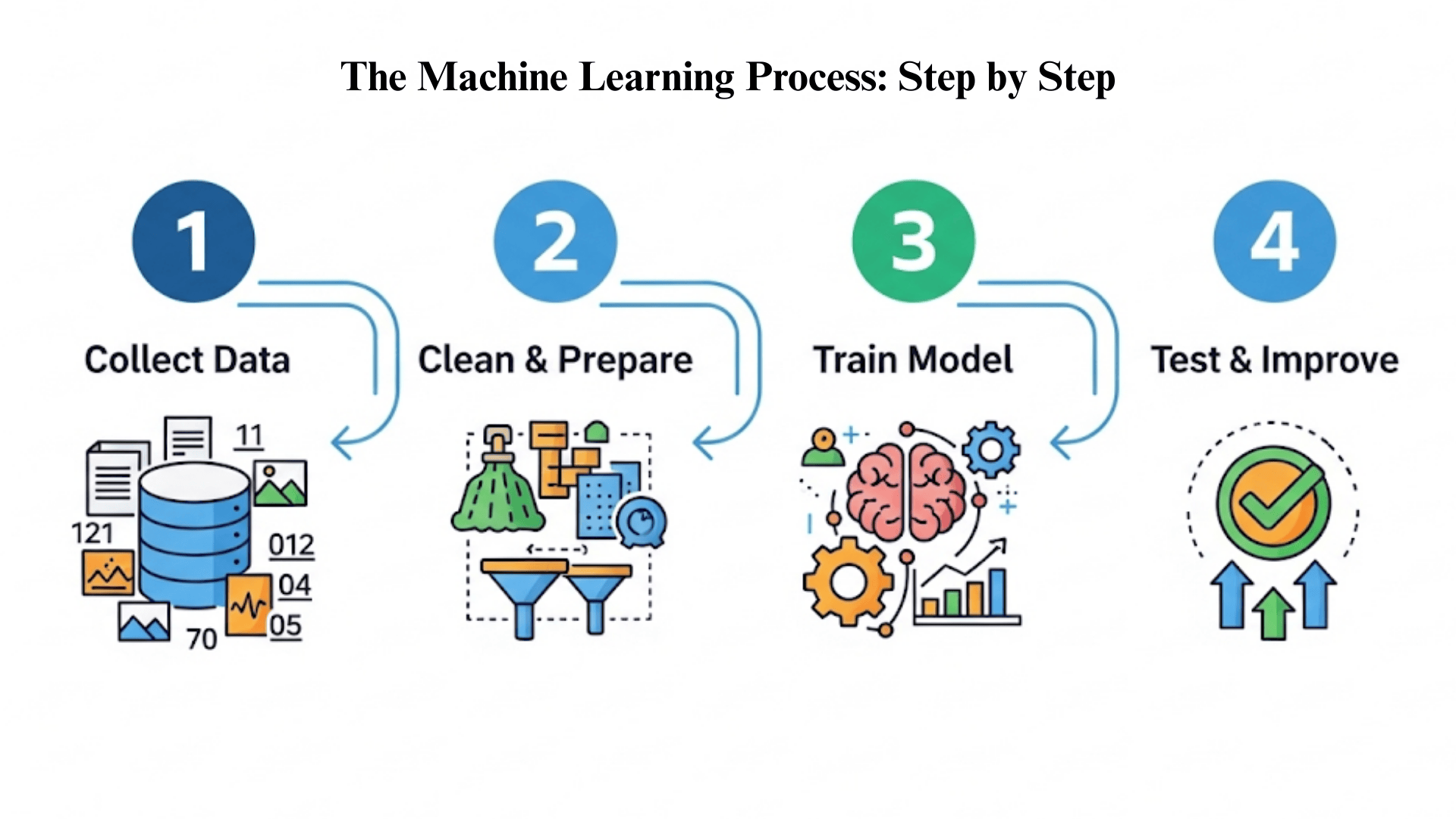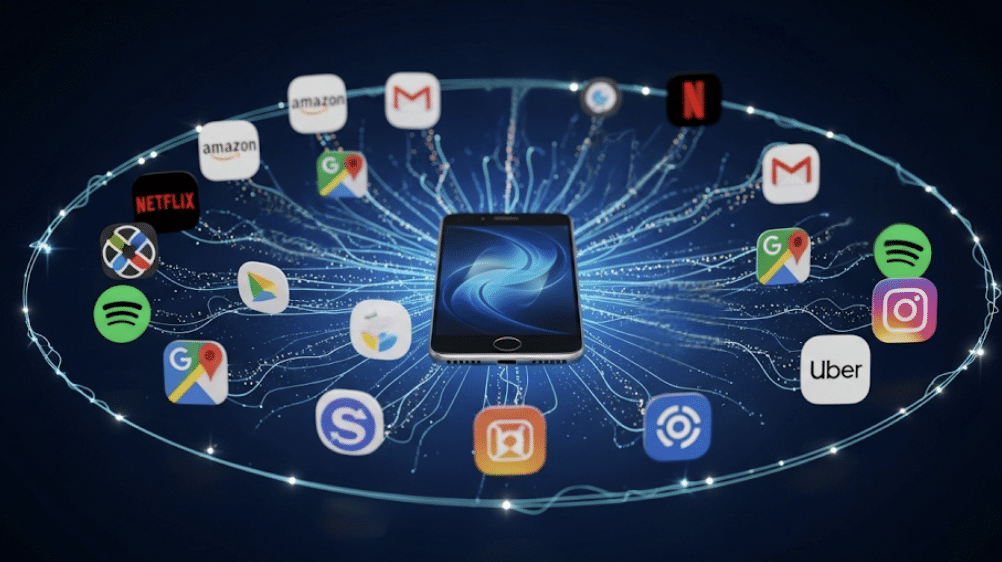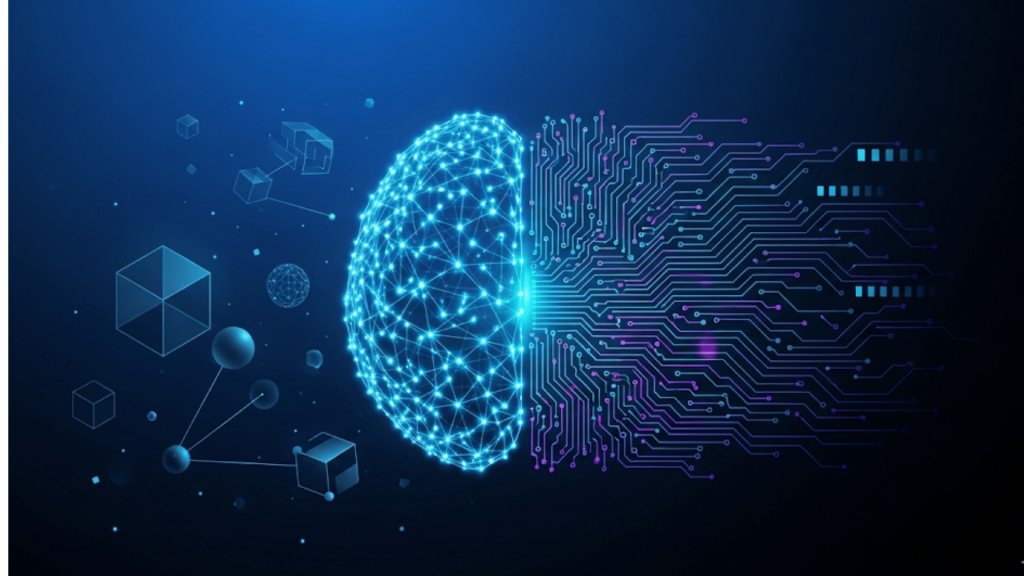Have you ever wondered how Netflix knows exactly what show you want to watch next? Or how does your phone recognize your voice commands?
The answer is machine learning, and it’s working behind the scenes in your daily life.
Machine learning may sound complex, but it essentially involves teaching computers to identify patterns in data. Think of it like training a pet; you show examples, and they learn to respond correctly.
In this blog, I’ll show you what machine learning really is, how it works without technical jargon, and why it matters to you. Let’s make this technology easy to understand.
What Is Machine Learning?
Machine learning is a method that enables computers to learn and make decisions without being explicitly programmed for every single task.
Instead of writing specific instructions for everything, we feed the computer lots of data and let it find patterns on its own.
Think of it like this: When you were young, nobody sat down and explained every single rule about recognizing a dog.
Instead, you saw many dogs and learned what makes a dog look like a dog. Machine learning works the same way.
Here’s what makes machine learning different:
- Regular programs follow exact instructions: “If this happens, do that”.
- Machine learning finds patterns in data and makes predictions: “Based on what I’ve seen before, this probably means that”
The computer becomes more effective at its job the more data it processes. Just like how you get better at cooking the more recipes you try.
The Three Main Types of Machine Learning
Understanding machine learning becomes easier when you know there are three main types. Each type solves different problems in its own way.
| Type | Learning Method | Data Need | How It Works | Examples |
|---|---|---|---|---|
| Supervised Learning | Has a teacher | Labeled data | Learns from examples with answers |
Spam detection, Medical scans, Price guessing |
| Unsupervised Learning | No teacher | Unlabeled data | Finds hidden patterns alone | Customer groups, Fraud spotting, Recommendations |
| Reinforcement Learning | Trial and error | Reward system | Tries actions, gets feedback | Game AI, Self-driving cars, Chatbots |
Quick Summary:
- Supervised Learning = Teacher shows you examples with answers.
- Unsupervised Learning = Find patterns on your own
- Reinforcement Learning = Learn by trial and error with feedback
How Does Machine Learning Actually Work?

Machine learning follows a straightforward process that consists of four main steps. Think of it like cooking a meal; you need ingredients, preparation, cooking, and tasting to improve. The computer does something similar with data, rather than food.
Step 1: Collect Data
Everything starts with gathering information. The computer requires numerous examples to learn from. Think of this like collecting ingredients before cooking a meal.
- Photos and their descriptions
- Customer purchase history
- Weather patterns over time
- Text from books or websites
- Sales records and trends
Step 2: Clean and Prepare the Data
Raw data is often messy and needs fixing. This step ensures the information is ready for use. It’s like washing vegetables before cooking them.
- Remove errors and duplicate entries
- Fill in the missing information gaps
- Organize data in a useful format
- Check for mistakes or weird values
- Make sure everything is consistent
Step 3: Choose and Train the Model
A model is like a recipe the computer follows to make predictions. During training, the computer carefully studies all the data. This process helps it learn patterns and rules.
- Pick the right type of model for the job
- Feed the data into the computer system
- Let the computer find patterns and connections
- Test different approaches to see what works
- Fine-tune settings for better results
Step 4: Test and Improve
Once trained, the model gets tested with brand-new data. This step verifies that the computer has learned the correct information. If not, we go back and make it better.
- Check how accurate the predictions are
- Compare results with real answers
- Make adjustments if needed
- Keep improving over time
- Monitor performance regularly
Machine Learning Examples You Use Every Day

You probably use machine learning more than you realize. Here are everyday examples that make your life easier:
1. Shopping and Entertainment
- Amazon recommendations: “People who bought this also bought…”
- Netflix suggestions: Shows picked just for your taste
- Spotify playlists: Music matched to your preferences
2. Communication and Social Media
- Email filtering: Automatic spam detection
- Language translation: Google Translate, understanding context
- Photo tagging: Facebook recognizes faces in pictures
3. Transportation and Maps
- GPS navigation: Finding the fastest route based on current traffic
- Ride-sharing apps: Matching drivers with passengers
- Public transport: Predicting arrival times
4. Finance and Security
- Credit card fraud detection: Spotting unusual spending patterns
- Banking apps: Voice and fingerprint recognition
- Investment advice: Automated portfolio management
Getting Started with Machine Learning
Ready to learn more about machine learning? Here are practical ways to begin your learning path:
- For complete beginners, start with free online courses and YouTube tutorials to learn the basic concepts.
- For Those with Some Tech Background: Learn Python programming and practice with real datasets on Kaggle.
- For Business Professionals: Focus on understanding how machine learning solves business problems in your industry.
Why Machine Learning Matters for Your Future?
Machine learning is changing how we work, shop, and live every single day. Companies across all industries need people who understand these basic concepts, even if you’re not a tech expert.
Learning about machine learning now gives you a head start in your career, helps you make better decisions with data, and prepares you for a world where smart technology handles routine tasks.
The people who understand how these systems work will have more opportunities and job security in the coming years.
The Bottom Line
Machine learning might have seemed complicated when you started reading, but now you know it’s really about teaching computers to recognize patterns.
You’ve learned about the main types, how the process works in four simple steps, and why it matters for your future.
The best part? You’re already using machine learning every day through Netflix, email, and maps. Understanding these basics gives you an advantage in today’s job market and helps you navigate our tech-driven world.
Start small, stay curious, and don’t be afraid to explore this field more deeply. What machine learning application excites you most?





































